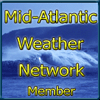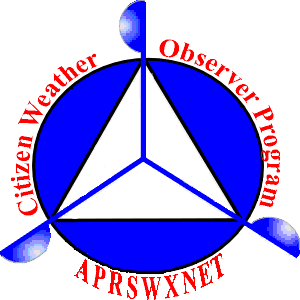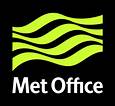NWS - Weather Prediction Center
Probability Quantitative Precipitation Forecast - (PQPF) Animated Loops
Probability of Snow
| Select Forecast Duration: | Select Forecast Type: |
Select Precip. Type: |
Select Depth |
Frozen Precipitation Forecast: 24 Hour Snow 1 Inch Probability Forecast
The above images are produced by the NWS Weather Prediction Center and updated about every 12 hours,
between about 0630 to 0800 Zulu and about 1830 to 2000 Zulu. Current Time is 1910 Zulu
Animation by HAniS ©2014-2024 by Tom Whittaker -- Script by SE Lincoln Weather
between about 0630 to 0800 Zulu and about 1830 to 2000 Zulu. Current Time is 1910 Zulu
Animation by HAniS ©2014-2024 by Tom Whittaker -- Script by SE Lincoln Weather
| NWS Heavy Snow Discussion |
Heavy Snow Forecast Discussion
117 FOUS11 KWBC 050824 QPFHSD Probabilistic Heavy Snow and Icing Discussion NWS Weather Prediction Center College Park MD 424 AM EDT Sun May 5 2024 Valid 12Z Sun May 05 2024 - 12Z Wed May 08 2024 ...Cascades through Sierra Nevada, Intermountain West, and Rockies... Days 1-3... Unsettled and active winter weather will continue through the forecast period as a deep and anomalous upper low, currently over southern Oregon and northern California, moves eastward into the Intermountain West and Rockies over the next few days. This system, characterized by low heights and a cold air mass for early May, will lead to falling snow levels across the Intermountain West, while for the Cascades into the Sierra Nevada, levels have bottomed out around 3000 ft early this morning. For today, the bulk of the heaviest precipitation is expected over Oregon, as moisture pivots north/northwest around the mid/upper level low. Some enhancement due to terrain effects will be possible and some snow rates above 1"/hr will be possible from the OR Cascades as well as eastern OR. The latest WPC snow probabilities for this region reach moderate to high levels (at least 60 percent) and are highest for the Cascades where the peaks are likely to see an additional 12 inches today/tonight. Further east, the terrain areas of the Wasatch in UT, Big Horns in WY, and to some degree to the CO Rockies will see increasing moderate/heavy snowfall through early Monday morning. Here, the WPC snow probabilities are moderate (40-60 percent) but do peak above 70 percent for the Wasatch and Big Horns. By Day 2 (12Z Mon-12Z Tue), the vort max swinging through the Rockies will quickly take on a negative tilt as it ejects into the High Plains. Deepening low pressure over western SD will spread precipitation back into parts of WY, eastern MT where thermal profiles are marginal for snowfall though intense precip rates and higher terrain areas may see dynamic cooling enough to changeover to wet/heavy snow. This will be especially true further west across the Wasatch, Big Horns, and terrain areas of central ID where an additional 6-12 inches will be possible. Meanwhile, another quick moving shortwave trough will approach the Pacific Northwest Monday into Monday night, spreading precipitation across the region. Here, snow levels to around 5000 ft will support additional snowfall accumulations for the OR/WA Cascades. Finally by Day 3 (12Z Tue-12Z Wed), there are trends in the latest model guidance for the deep surface low over the Northern High Plains to occlude and stall over the northern Rockies with some phasing occurring with the secondary shortwave passing through Mon/Mon Night. This could bring widespread moderate/locally heavy precipitation to parts of Montana and for the western areas, locally heavy snow is possible. There remains model uncertainty in how this will evolve and the amount of cold air that will be in place for more snow than rain, but the latest trends and WPC snow probabilities show 60 to 80 percent for at least 6 inches and some signal (10-30 percent) for at least 12 inches for the higher terrain ranges. The probability of significant icing across the CONUS is less than 10 percent. Taylor $$
| Record Report from: NOAA-NWS |
| Script developed by: El Dorado Weather & modified by: SE Lincoln Weather |





